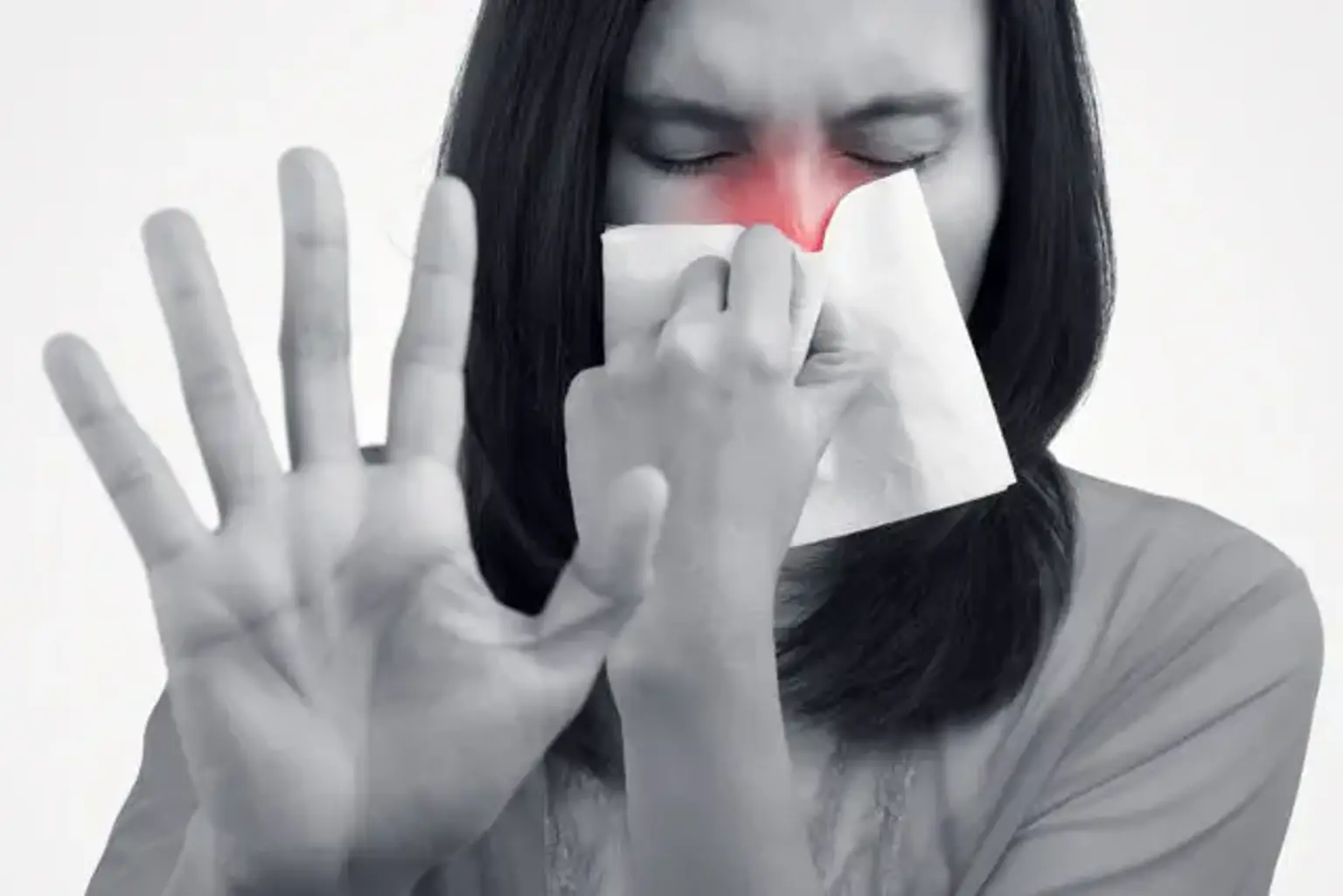Allergic rhinitis
Allergic rhinitis (AR) is a heterogeneous condition that, despite its great frequency, frequently remains misdiagnosed. It has one or more symptoms such as sneezing, itching, nasal congestion, and rhinorrhea. Pollens, molds, dust mites, and animal dander are just a few of the factors that have been implicated to allergic rhinitis.
Seasonal allergic rhinitis is very straightforward to recognize due to the quick and consistent start and resolution of symptoms in response to pollen exposure. Because of the overlap with sinusitis, respiratory infections, and vasomotor rhinitis, perennial allergic rhinitis is sometimes more difficult to identify than seasonal allergic rhinitis. Once pollen season is ended, seasonal allergic rhinitis can cause hypersensitivity to allergens such as cigarette smoke. Perennial allergic rhinitis is characterized as occurring for at least 9 months of the year.
Allergic rhinitis affects an estimated 20 to 40 million individuals in the United States alone, and the prevalence is rising; an estimated 20% of cases are seasonal allergic rhinitis, 40% are perennial rhinitis, and 40% are mixed.
Seasonal allergic rhinitis has a complicated pathogenesis. The allergic reaction has a substantial genetic component, which is driven by mucosal infiltration and action on plasma cells, mast cells, and eosinophils.
